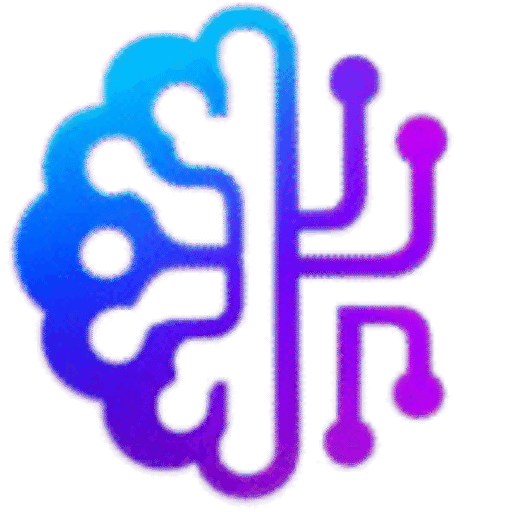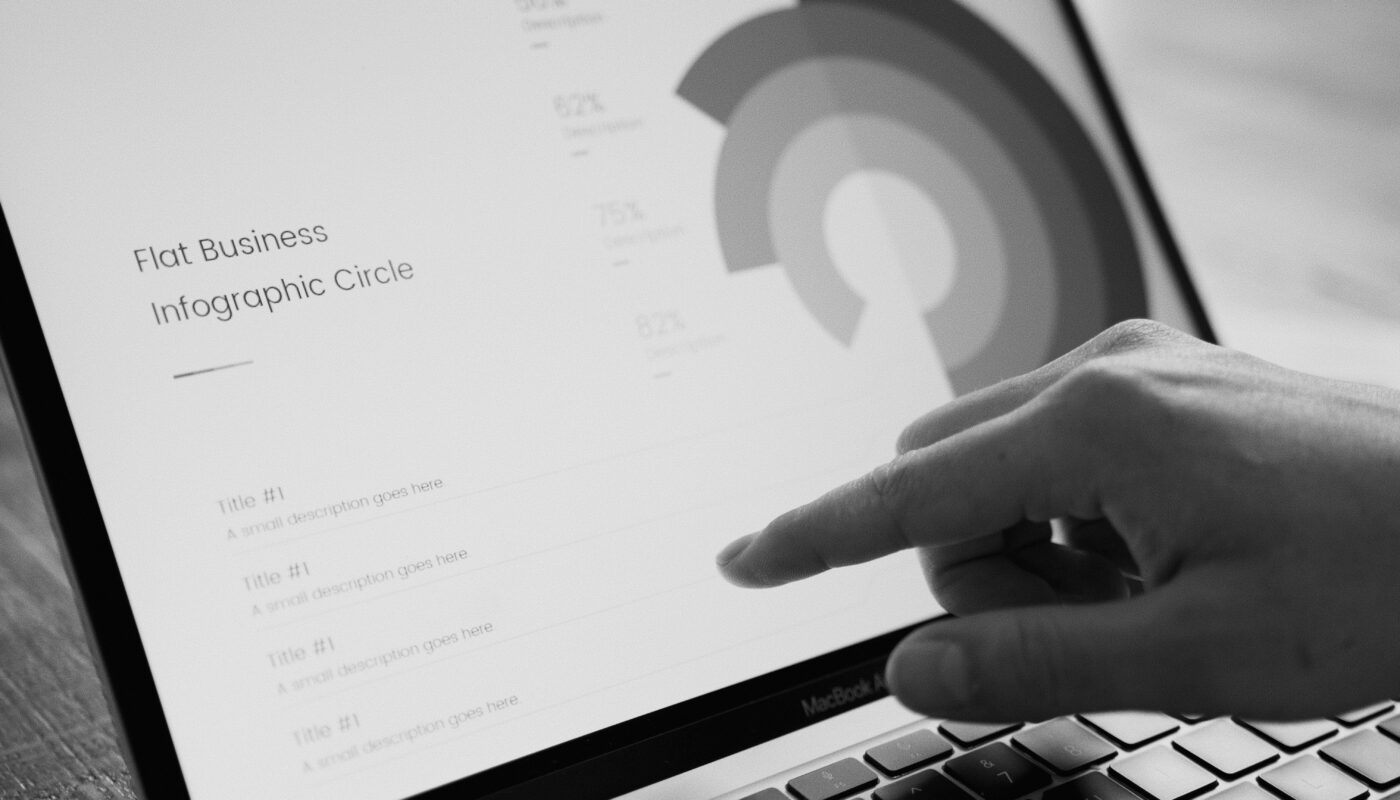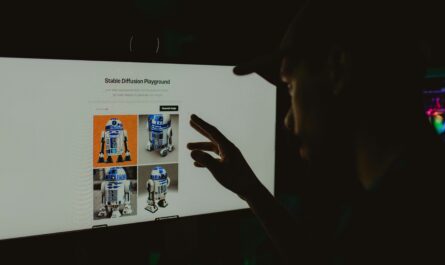How to Use AI for Predictive User Flows
Introduction
User flows are the backbone of every successful digital product. They map out the paths users take to achieve specific goals, such as signing up, making a purchase, or engaging with content. But in today’s competitive landscape, static user flows aren’t enough. Modern users expect personalized, efficient, and intuitive journeys. This is where Artificial Intelligence (AI) steps in—transforming user flows into predictive systems that anticipate user actions before they happen.
In this article, we’ll dive into:
- What predictive user flows are
- How AI enables predictive user experiences
- Tools and strategies for implementing AI in UX design
- Best practices, real-world use cases, and future trends
By the end, you’ll have a step-by-step roadmap to leverage AI for predictive user flows in your product design.
1. What Are Predictive User Flows?
A predictive user flow uses data, AI models, and machine learning to anticipate user behavior and adapt experiences in real time. Unlike static flows, predictive flows evolve dynamically based on user context, history, and preferences.
Example:
- Traditional flow: All users go through the same checkout process.
- Predictive flow: AI detects a repeat customer→ skips unnecessary steps→ offers pre-filled forms→ suggests a faster payment method.
2. Why AI Matters in User Flows
AI is transforming user experience (UX) design by enabling the following capabilities:
- Analyze behavior patterns—understand clicks, scrolls, and drop-off points.
- Predict future actions—Forecast what users are likely to do next.
- Personalize experiences—offer tailored recommendations.
- Reduce friction—optimize steps and remove blockers.
- Boost engagement & conversions—guide users seamlessly toward goals.
In short: AI makes user flows smarter, faster, and more human-like.
3. AI Technologies Powering Predictive User Flows
Let’s break down the AI backbone behind predictive user flows:
3.1 Machine Learning (ML)
ML models process large datasets of user interactions and identify behavioral trends.
- Example: Predicting which product category a user will browse next.
3.2 Natural Language Processing (NLP)
Enables voice and text-based navigation.
- Example: Chatbots guiding users through complex flows in natural language.
3.3 Predictive Analytics
Uses historical data to forecast outcomes.
- Example: Predicting which step in a signup process most users abandon.
3.4 Recommendation Engines
Suggest content, actions, or products in real time.
- Example: Netflix recommending the next show before the user searches.
3.5 Generative AI
Helps designers prototype predictive flows faster with AI-driven mockups and scenarios.
4. Benefits of AI in Predictive User Flows
4.1 Hyper-Personalization
Every user’s journey adapts to their unique behavior.
4.2 Faster Conversions
AI reduces unnecessary steps, making purchase or signup smoother.
4.3 Improved Retention
Predictive flows keep users engaged by anticipating their needs.
4.4 Reduced Abandonment Rates
Identifies where users typically drop off → provides solutions in real time.
4.5 Better Product Insights
Designers gain actionable analytics on how users interact with flows.
5. Real-World Examples of Predictive User Flows
- Amazon: AI-driven checkout flows predict the fastest payment/shipping options.
- Spotify: Suggests next tracks/playlists based on listening habits.
- Airbnb: Recommends stays based on the user’s browsing history and trip context.
- Duolingo: Predicts weak learning areas → adapts lessons accordingly.
6. How to Implement AI in Predictive User Flows (Step-by-Step)
Here’s a roadmap for UX designers and product teams:
Step 1: Define User Goals
- What action should the user complete?
- Example: Complete signup, purchase, or booking.
Step 2: Collect User Data
- Track interactions (clicks, scrolls, time spent).
- Gather demographic and contextual data.
Step 3: Train AI Models
- Use ML algorithms to detect behavior trends.
- Example: Train models to predict drop-off points in forms.
Step 4: Design Dynamic Flow Variations
- Create multiple journey paths.
- Example: Short flow for repeat users, detailed flow for new users.
Step 5: Test & Optimize
- A/B test predictive flows vs. static flows.
- Measure conversions, time on task, and engagement.
Step 6: Deploy & Monitor
- Continuously improve with real-time analytics.
7. AI Tools for Predictive User Flows
Here are some popular AI-powered UX tools you can use:
- Hotjar + AI Insights – User behavior analytics.
- Figma AI Plugins—AI-powered prototyping.
- UXCam—AI-driven session recordings and heatmaps.
- Amplitude – Predictive analytics for product design.
- Adobe Sensei—AI-driven personalization for user experiences.
8. Challenges in Using AI for Predictive Flows
- Data Privacy Concerns – Users want transparency.
- Bias in AI Models – Risk of unfair or incorrect predictions.
- Over-Automation—Can make UX feel robotic if not balanced.
- Complex Setup—Requires skilled data and design teams.
9. Best Practices for Designers
✅ Keep the human touch—don’t let AI fully control the flow.
✅ Be transparent about AI use (user trust).
✅ Use small predictive steps instead of overhauling entire flows.
✅ Continuously A/B test predictive variations.
✅ Always align predictive flows with business goals and user needs.
10. The Future of Predictive User Flows
Looking ahead, AI-driven flows will become standard in UX design. Trends include:
- Voice-first predictive flows—smart assistants guiding user journeys.
- Cross-platform predictive UX—seamless journeys across devices.
- Emotion-aware UX – AI analyzing sentiment to adapt flows in real time.
- Generative AI for UX design—auto-creating optimized predictive paths.
Conclusion
AI is not just a tool—it’s becoming the core engine behind predictive user flows. By anticipating user needs, reducing friction, and delivering personalized journeys, AI ensures users reach their goals faster and more efficiently.
If you’re a UX designer, product manager, or developer, now is the time to adopt AI-powered predictive flows. Start small, experiment, and iterate—soon your product will offer experiences that feel effortless and intuitive.





